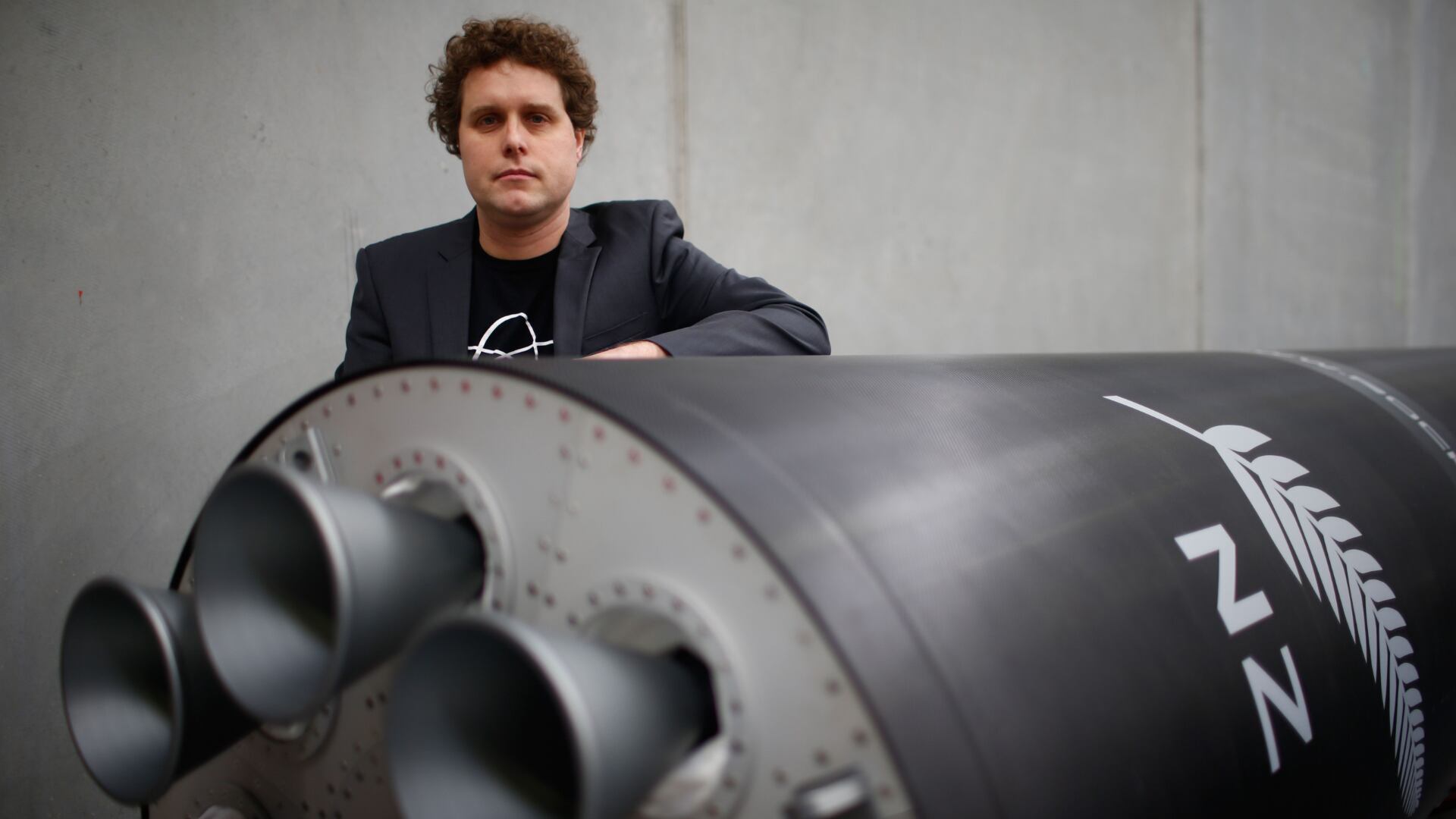Vineyard Wind 1, which is set to become the first large-scale offshore wind project in the U.S., is one step closer to starting construction with the completion of an environmental impact statement from the U.S. Bureau of Ocean Energy Management last month.
Located about 15 miles off the coast of Martha's Vineyard, the project is set to power 400,000 homes and businesses across Massachusetts.
A combination of strong winds, shallow water, and a nearby population who could benefit from the renewable energy source makes the location prime real estate for a wind farm.
"Basically what we're trying to do is to harness the strong and consistent winds that are offshore," Vineyard Wind CEO Lars Thaaning Pedersen told Cheddar. "The corridor from Washington to Boston, some people have dubbed it the Saudia Arabia of offshore wind."
Pedersen said the company is working hard to make sure it sets a good example in how it locates the project, coexists with other ocean users, and protects the natural environment.
"Sometimes being the first is a blessing and a curse," he said.
"Not only do we have to deliver a project that is well-sited and responsibly constructed, but also we have to kickstart a new industry that will create thousands of jobs in the U.S.," he added.
In order to combat climate change, Pedersen said an "all of the above'' strategy is necessary, and given the Northeast region's dense population, on-shore wind and solar are more difficult.
While other parts of the country may have the raw acreage to build out large renewable energy sources, such as solar farms that require a sizable physical footprint, the Boston to Washington, DC, corridor has a plentiful supply of coastal wind.
Offshore has other advantages as well, said Pedersen, like it's easier to employ bigger turbines, which generate more power, because of the ability to ship them out by sea.
"For our project, we're using the largest turbine in the world manufactured by GE," he said.
For the moment, Vineyard Wind is pioneering offshore turbines in the U.S., but the nascent industry could get a boost from the Biden administration's $2.3 trillion infrastructure bill, which calls for the construction of 30-gigawatts of offshore wind power by 2030.
That's roughly 30 projects of the size of Vineyard Wind's 800-megawatt farm.
"We think that is doable and will attract a lot of investment into the U.S.," he said.
The company plans to deliver the first electrons into the Massachusetts grid by 2023.












